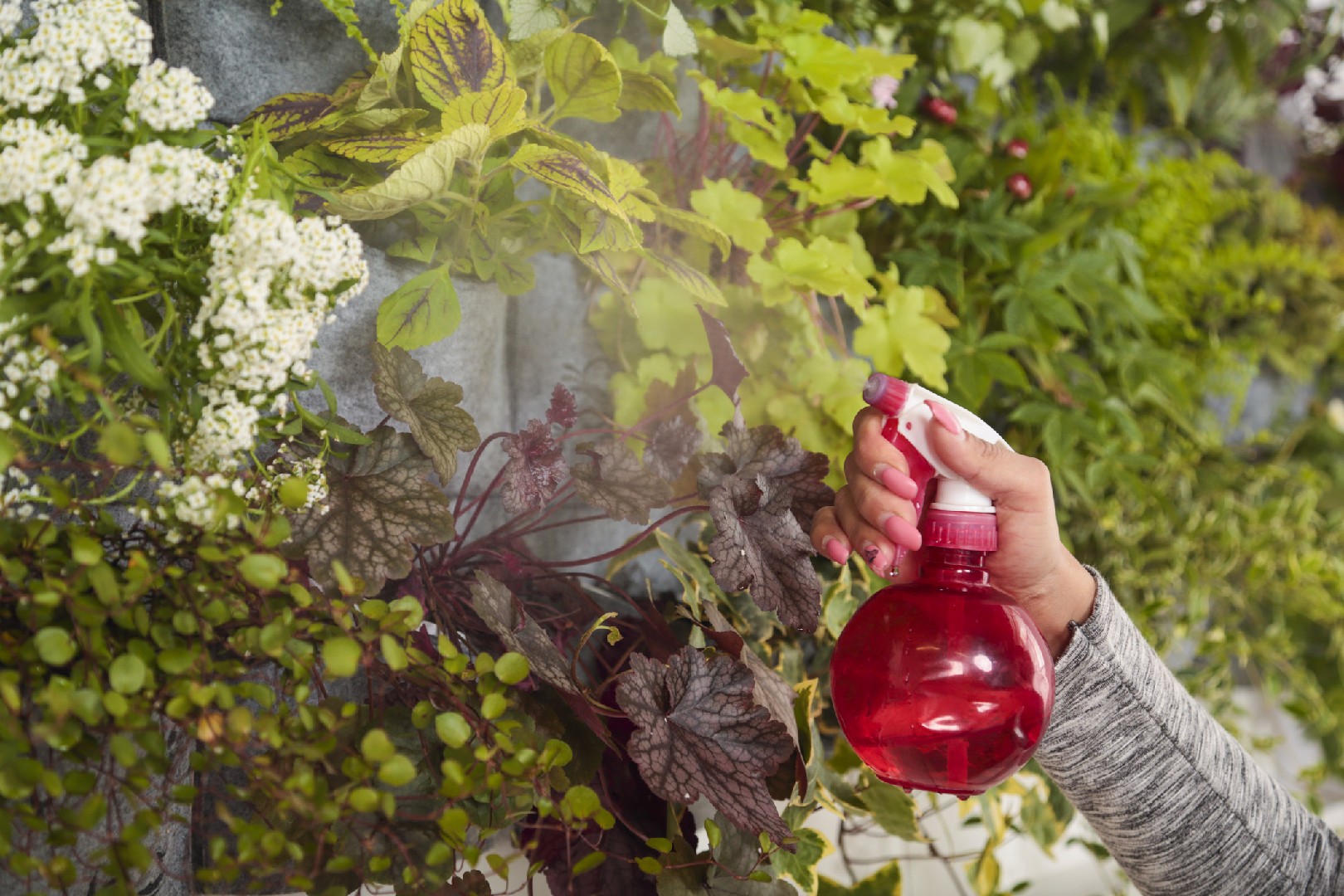![Rectangle]()
Understanding the Watering Needs in Vertical Edible Gardens
Vertical edible gardens offer a unique and space-saving way to grow your own food. However, it's important to understand the specific watering needs of these gardens to ensure healthy growth and abundant harvests. In this section, we will discuss the differences in watering needs between traditional flat gardens and vertical ones, the effect of gravity and evaporation on watering vertical gardens, and how to balance water retention versus drainage for optimal results.
When it comes to watering, vertical edible gardens have some distinctive characteristics compared to traditional gardens. The structure of a vertical garden allows water to flow differently, making it essential to consider the needs of each plant individually. Some plants may need more water, while others may require less frequent watering.
Gravity plays a crucial role in watering vertical gardens. As water moves downward through the layers of soil, it can be challenging to distribute it evenly. Therefore, it is essential to pay attention to the soil moisture levels of each tier and adjust your watering routine accordingly.
Evaporation is another factor that affects the watering needs of vertical edible gardens. With more exposed surface area, vertical gardens are susceptible to losing water through evaporation. To mitigate this, consider using mulch to retain moisture and provide a protective barrier against evaporation.
Balancing water retention and drainage is vital for the overall health of your vertical edible garden. The goal is to provide enough water for your plants to thrive without causing waterlogged roots or drainage issues. One way to achieve this is by using a well-draining potting mix that allows excess water to drain away while still retaining enough moisture for the plants.
Another technique to ensure proper water retention and drainage is to incorporate a drip irrigation system into your vertical garden. Drip irrigation delivers water directly to the root zone, minimizing water loss, and ensuring that each plant receives the optimal amount of moisture.
Monitoring soil moisture is key to maintaining a healthy vertical edible garden. Invest in a moisture meter or simply use your fingers to check the soil moisture levels regularly. This will help you determine when to water and when to hold off, avoiding overwatering or underwatering your plants.
By understanding the watering needs of vertical edible gardens and implementing proper techniques, you can create a thriving and productive garden. Take the time to observe your plants, learn their individual requirements, and adjust your watering routine accordingly. With these practices in place, your vertical garden will flourish, providing you with abundant and nutritious harvests throughout the growing season.
Remember, successful gardening is a continuous learning process, so don't be afraid to experiment and adapt your watering techniques as you gain more experience. Happy gardening!





